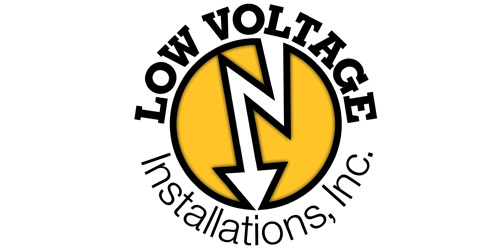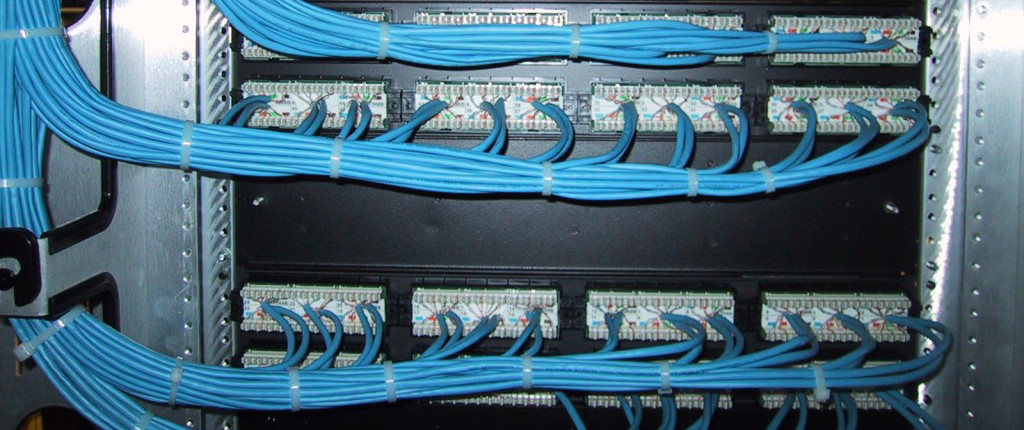Low Voltage installations Inc. installs CAT5, CAT5e, and CAT6 structured cabling systems. We have trained and certified installers, who offer fast and friendly service.
In today’s business your network cabling system carries the lifeblood of your organization; information. The installation, equipment, quality of cable, and testing procedures are all very critical in data cabling. The reason for this is that networks today are designed to carry large amounts of information at incredibly fast speeds. To accomplish this over unshielded twisted pair cable, many different criteria must be met.
Who sets the criteria and standards for network cabling? Well, the three major players are The Institute of Electrical and Electronics Engineers (IEEE – commonly called I-triple-E ) who work on developing new protocols, the American National Standards Institute (ANSI), and the Telecommunications Industry Association / Electronic Industry Alliance (TIA/EIA) who issue the standards and testing procedures.
So it is safe to say that these people have been busy over the past 12 years. We have seen network speeds increase from 10 million bits of information per second over Category 3 wire back in 1991, to 1 billion bits (Gigabit) today. With bandwidth increasing and reliance on the network at an all time high, getting information to where it needs to be is becoming more challenging than ever. Ask any IT Manager what their most common network problem is and you will most likely hear them rant about cabling issues. In fact, cabling problems, which account for over 50% of network problems, cost companies millions annually. The most common problems are:
- Mislabeled cables
- Poor NEXT (near-end crosstalk)
- Poor ACR (attenuation-to-crosstalk ratio)
- Poor delay skew (data arrives at different times)
- Impedance
- Poor return loss (also known as “echo”)
- Poor ELFEXT (equal-level far-end crosstalk)
- Splices in cable
- Low attenuation
All of these problems can be avoided if the cabling is installed and tested properly. The cable must be installed following strict and specific guidelines and the testing must be done using the right equipment calibrated for the latest standards. Low Voltage Installations uses the Fluke model 4300 cable analyzer’s to verify cable performance.


